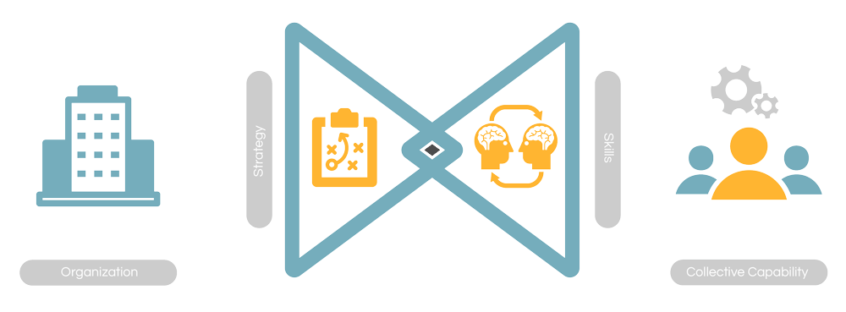Aligning Procurement Skills to Business Strategy
The ever changing business environment is placing greater demands upon businesses and requires today’s procurement professionals to develop the skills to maintain alignment with the business strategy and to expand procurement’s scope and depth of influence across the business.
Aligning Procurement Skills to Business Strategy. Procurements position in many business has been elevated due to increased competition and market instability driven by globalization, increased outsourcing and significant improvements in strategic supply management processes. This is especially evident in industries where the overall external spend of an organization is high and profit margins are tight.
in many business has been elevated due to increased competition and market instability driven by globalization, increased outsourcing and significant improvements in strategic supply management processes. This is especially evident in industries where the overall external spend of an organization is high and profit margins are tight.
But even in industries with robust profits, corporate executives’ new awareness of the power of procurement raises the bar. Executives ask for and expect their procurement function to generate:
- strategic cost reduction
- regular supply availability despite volatile markets
- aggressive growth and
- successful product innovation
Consequently, skills for supply chain professionals have been changing and elevated as a discipline to the boardroom level. Procurement talent must now possess the skills to integrate their traditional functional skills into an end-to- end supply chain strategy.
The ever-changing business environment demands continuous evaluation and updating of specific skill sets by assessing exactly the right mix for your team. This starts by reviewing three critical areas:
- Understanding your organizations competitive priorities and tracking the changes that impact skill requirements
- Knowing how these business priorities align with your supply chain competencies
- Embedding the realignment of skills sets with business strategy
1. Understanding your organizations competitive priorities
Many organizations have discovered that buyers often lack the expertise or skills to drive strategic activities:
- Cost/differentiation strategy
- Growth strategy
- Supply chain strategy
- Category & Supplier strategies
2. Knowing how these business priorities align with your supply chain competencies
The skill set mix required by a procurement team must be designed around the organization’s short- and long-term strategic goals, and then drilled down to the specifics of the procurement function. Once procurement leaders have assessed and identified the appropriate skills required for their team to operate at a strategic level, education and training can be developed to fill any gaps.
3. Embedding the realignment of skills sets with business
As a result of the increased expectations by business executives, procurement heads must keep their team’s skill sets totally aligned with the strategic approach of their organization.
The best way to embed skills realignment is to incorporate the process as a part of the strategic business planning process. This enables procurement heads to keep track of changes in business priorities and to ensure they have the skills and bench strength available to make a strategic contribution. They can achieve this by:
- Continually assess the skill requirements of the team
- Provide continuing education where gaps exist
- Hire new talent in areas where skill gaps of current staff cannot be fixed
- As a result, supply management executives are recruiting new talent to drive the mix of strategic activities. They are looking for those that can contribute beyond cost savings and add value to their company’s growth agenda.
To accommodate the realignment of skills set requirements, corporations should partner with specialist providers for specialized continuing education programs on behalf of their workforce to constantly close skills set gaps discovered by their training assessments.
Purchasing Practices’ procurement skills assessment platform iProcure can be used before hiring people, identify the skill gaps of existing employees and develop on-the-job training aligned with performance review processes to increase employee engagement and fill skill gaps that build increased capability.
Summary
Every procurement organization will have its own unique needs and requirements while understanding that skills categories such as Technical, Strategic, and Leadership can help organize and build the required skill sets necessary to influence more effectively in the business.
Today’s skills requirements are very different than just a few years ago, and they’ll probably change again. Organizations must continuously look at the mix of skills, knowledge and competency needed to maintain a high level of innovation and an build suitable supply chains that serves its customers.
The key for today’s business leaders is to continually assess their skills requirements based on their organizations’ business strategies, and then formally testing for shortcomings and using development and recruiting strategies to fill the gaps.
Nuff said …
Contact us at iProcure@purchasingpractice.com for more on what we are doing in this space with our market leading procurement skills assessment platform iProcure and bench strength development tool iProcure Bench

